World Photography Day: Through the retro lens of Salman Siddique Prottoy
World Photography Day: Through the retro lens of Salman Siddique Prottoy
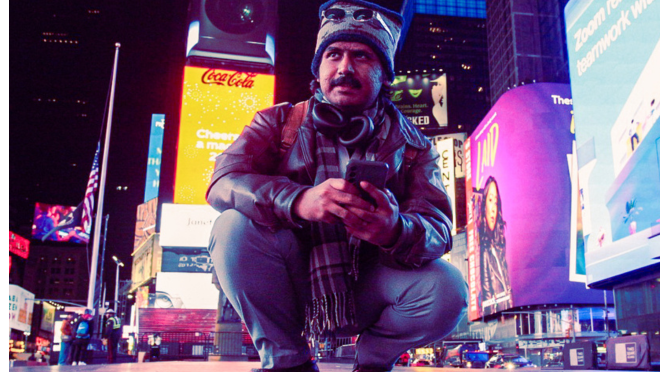
Since the dawn of human civilisation, people have always sought to tell stories—through cave paintings, or just oral narratives or through written words. But with the invention of the photographic camera in the 19th century, a new sort of storytelling emerged: the kind that freezes time within a frame—the very time that relentlessly slips away through delicate human fingers.
Once, photography was a privilege reserved for those who owned a camera. Today, nearly everyone carries one in their pocket. In this sense, we have all become potential photographers.
In appreciation of photography, and photographers (though it’s debatable whether those taking only screenshots qualify) 19 August is celebrated as World Photography Day. On this occasion, TBS Graduates caught up with Salman Siddique Prottoy, a Dhaka-based young photographer whose retro-style urban images, infused with magical realism, have been drawing attention online.
After graduating from Dhaka University, Prottoy is currently pursuing a Master’s in Applied Economics at North Dakota University in the United States. Prottoy has built a visual world that feels equally nostalgic and surreal. Speaking over the phone, he traced his journey back to day one.
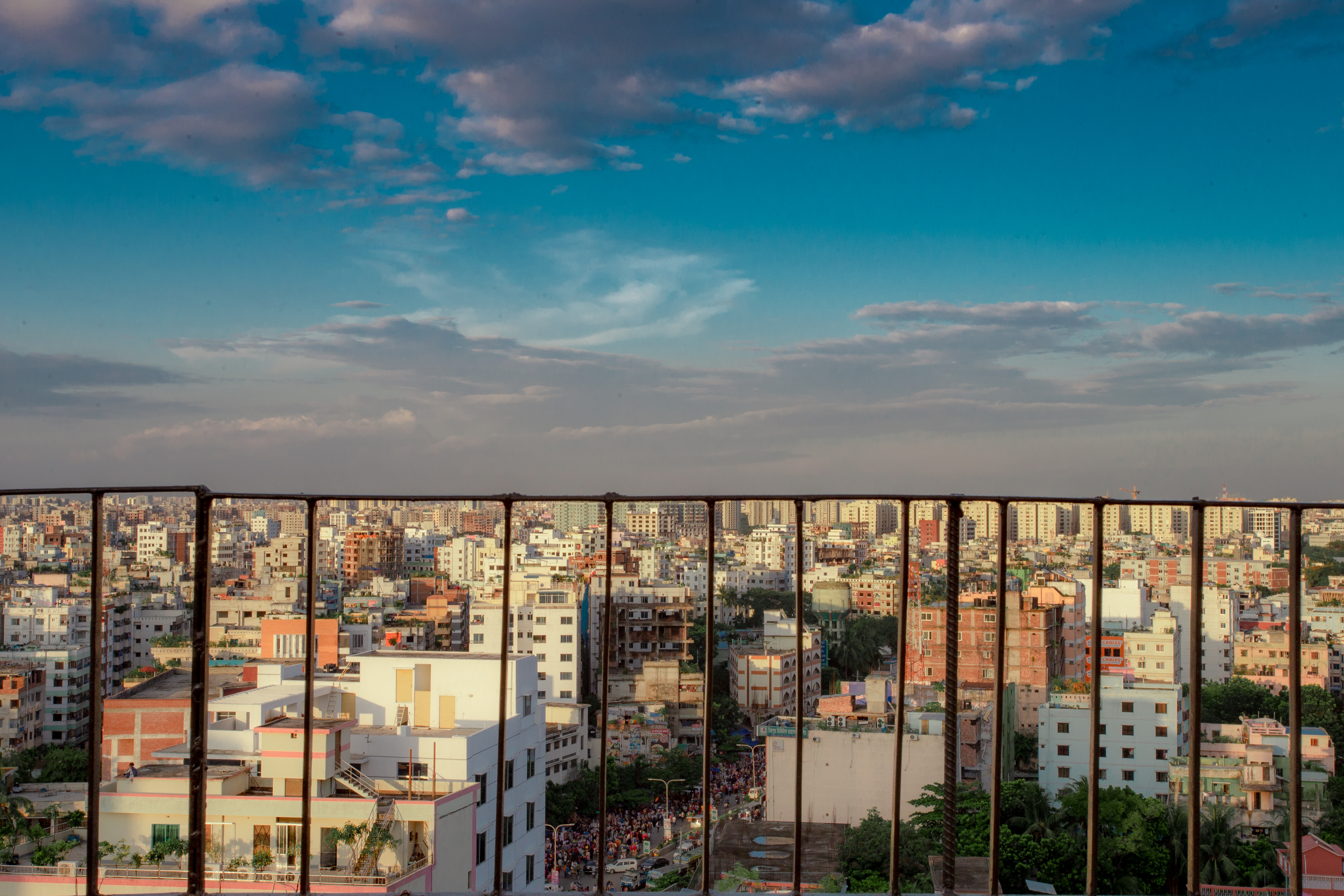
Prottoy recalls his humble beginning: “My journey started with my symphony phone back in 2018. Afterwards I saved my tuition remunerations and a spoonful of courage to buy my first camera exactly five years ago in a breezy August of 2020.” It was a Canon 6D that still, even after five years, captures magic for Prottoy.
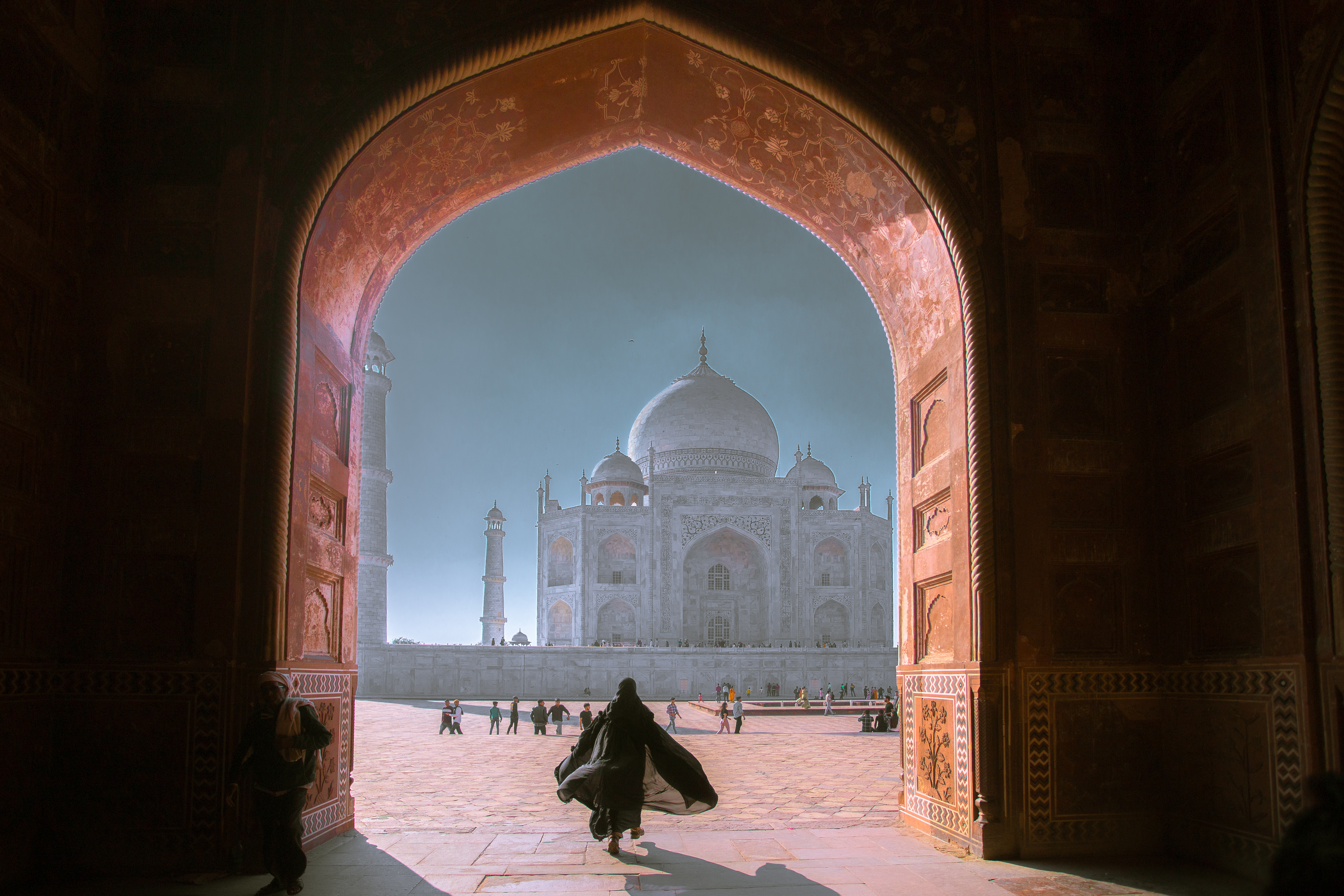
The retro aesthetic
His photographs carry a cinematic quality—frames that feel as if they could have been spliced from films of the 80s or 90s. Asked what inspired this particular style, he said, “I guess magical realism, and the eagerness to experience something which I could never. The impossible task of going back in time mixed with the pursuit of portraying magical realism in a screen could be the reason, I do not know exactly.”
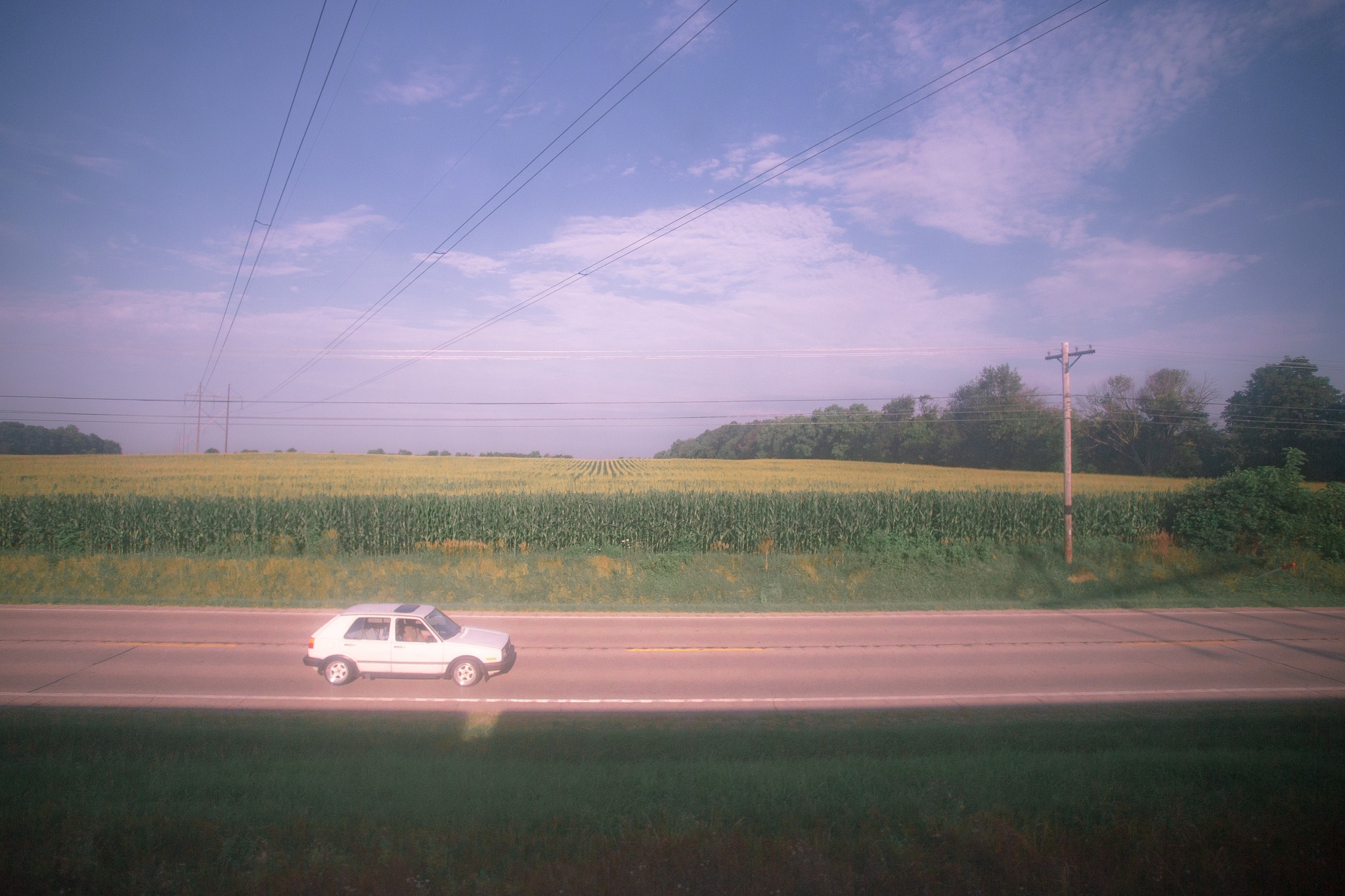
Colour, too, plays a central role in his craft. Achieving that signature mood often comes down to trial and error. On colour grading, Prottoy admits with modest humour, “The answer for this question is an absolutely cliched one. I just tried every permutation and combination of all the factors and formulas to find out what sticks out like a sore thumb after touching a flock of flowers. In two words, trial and error.”

His influences are as eclectic as his work. “I hardly watch any film. I find it fascinating and kind of intellectually arousing when someone says that my ‘x’ frame looks like a scene from a Wong Kar Wai or a Kiarostami or someone else. Believe me, I never saw any films made by them. Great artists are like magnets, they will change your style of viewing if you can’t be somewhat of a magnet by yourself beforehand. But I like Tarantino, Scorsese and Satyajit. I find the photos of Steve McCurry and Henry Bressen fascinating too.”
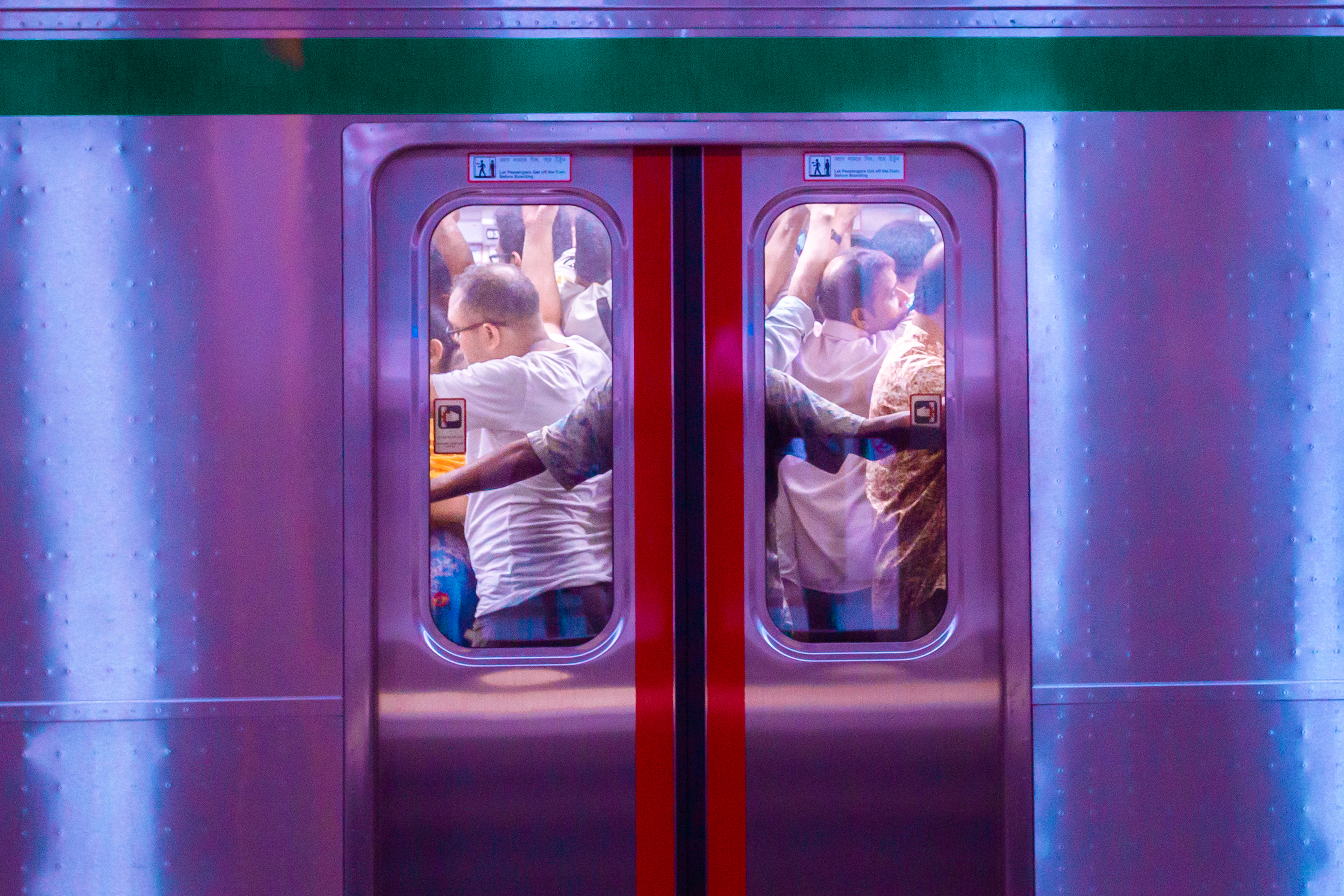
Dhaka itself plays a central role in Prottoy’s vision. When asked why the city is so central to his photography, his answer was rather amusing. “Dhaka is like a toxic ex-girlfriend who I never really moved on from. It does not have any dominant feature to love as a mature individual, but love removes all the rationality, and makes you do stupid stuff. The Stockholm syndrome is extreme on this one, but I have no regrets.”
The art of brevity
One striking feature of Prottoy’s work is his captions—often just a handful of words that reshape the viewer’s entire interpretation of an image.
“The less I think about captions, the better it gets, at least to people on social media. We have the attention span of a goldfish, so if I delve too deep into what goes inside my mind, people will lose interest in the way Sheikh Hasina lost interest in the people of this country. So, I give myself 30 seconds to come up with any jargon I could possibly conjure inside my skull and get on with it.”
So when Kevin Malone from The Office uttered these wise words, “Me think…Why waste time say lot word, when few word do trick?”, we knew it to be absolutely true.
The hunt for moments
Prottoy’s approach to shooting requires patience. He explained, “The plans reveal when I let them, I find them deliberately when I choose to do so. As an example, I deem Dhaka as a concrete jungle, so sometimes I get out with my lens and place myself on a stagnant foot-overbridge and wait for a mere couple of hours to find at least one amazing moment to happen in front of me, and trust me, Dhaka never ceases to amaze and terrify you.”

And finally, some not-so-boring life lessons
What has photography given him? Nothing—according to Prottoy. But it made him a better philosopher who now has better understanding of his life.
“People are complex, and there are many things in heaven and earth. This is an artificial answer because it genuinely did not teach me anything, I just learned things about my inner self while walking down this path. So, thyself.”
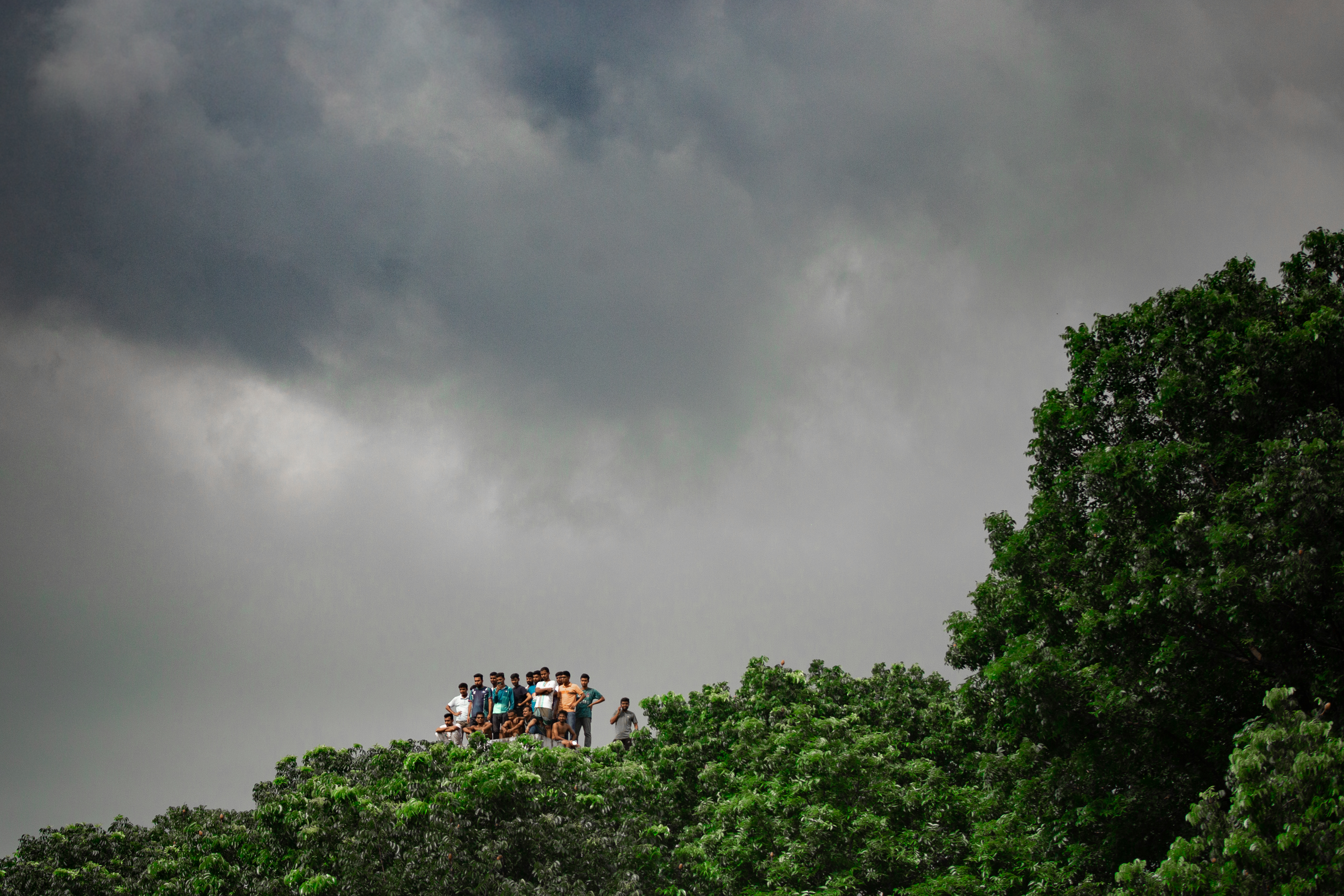
And finally, his advice to those searching for their own photographic voice:
“Do not listen to anyone who tells you to follow grammar while making art. They don’t have anything better to do.”
Keep capturing photos—with curiosity, love, and delicacy. Soon enough, they would turn into magic.


